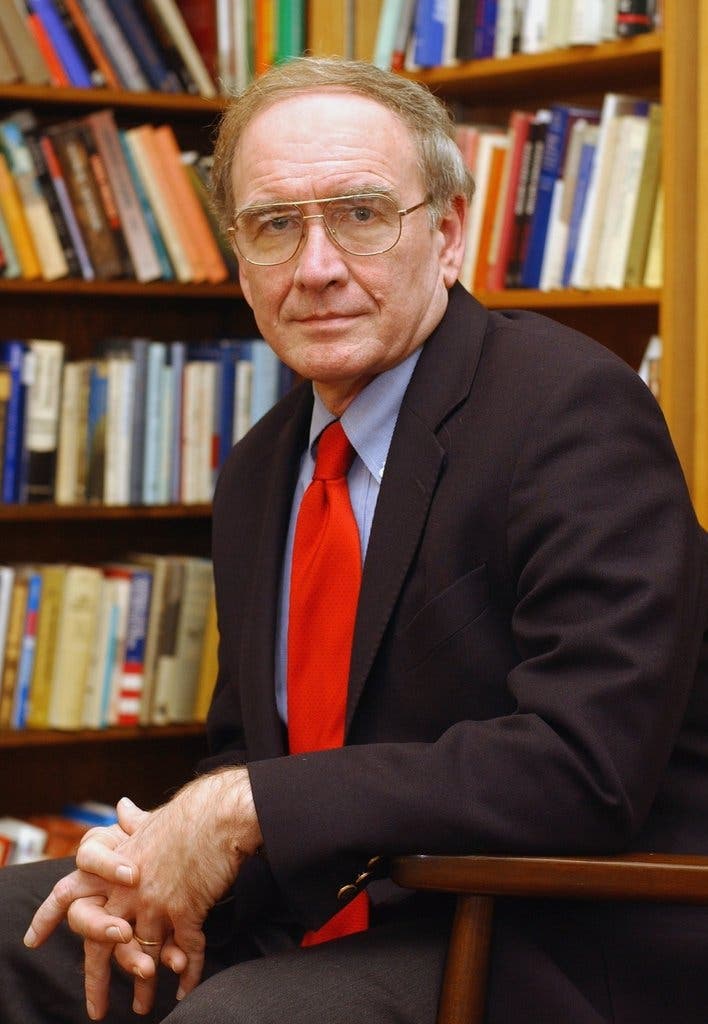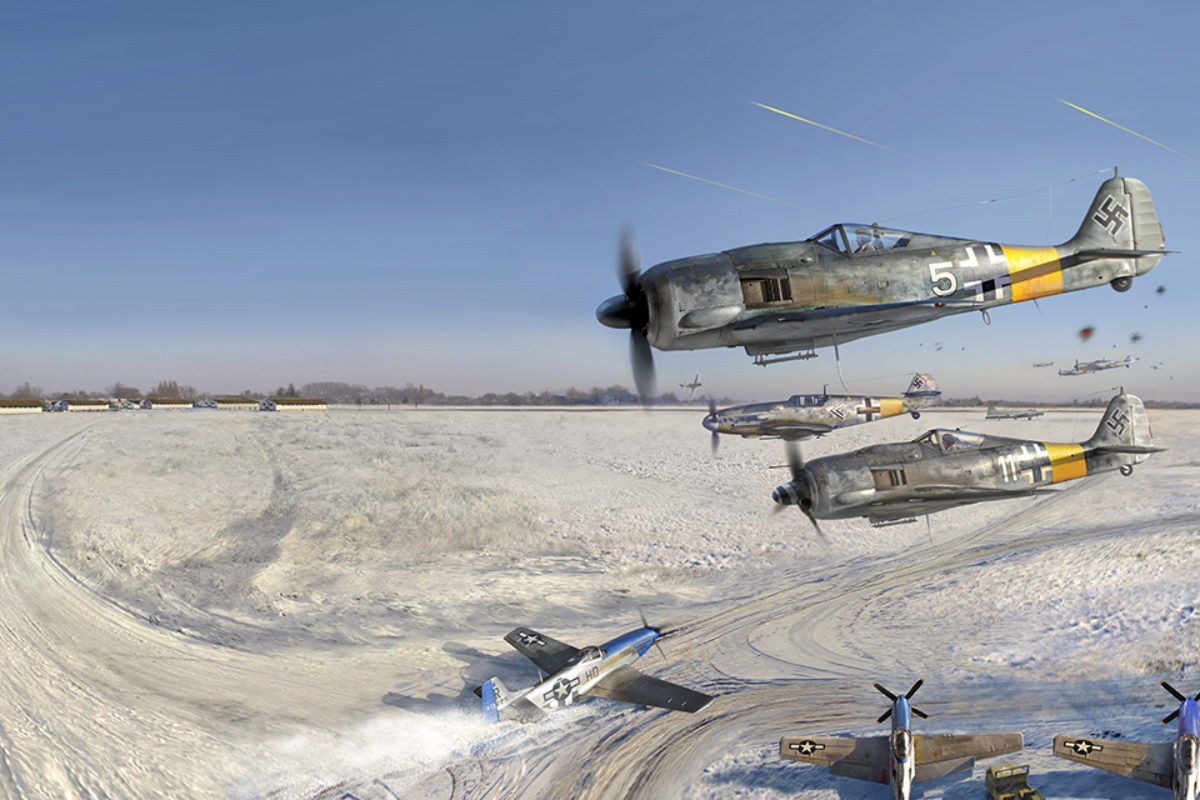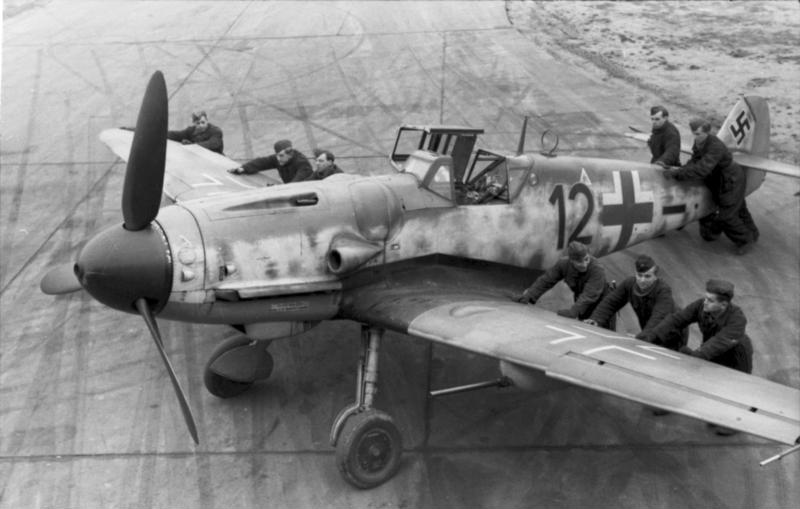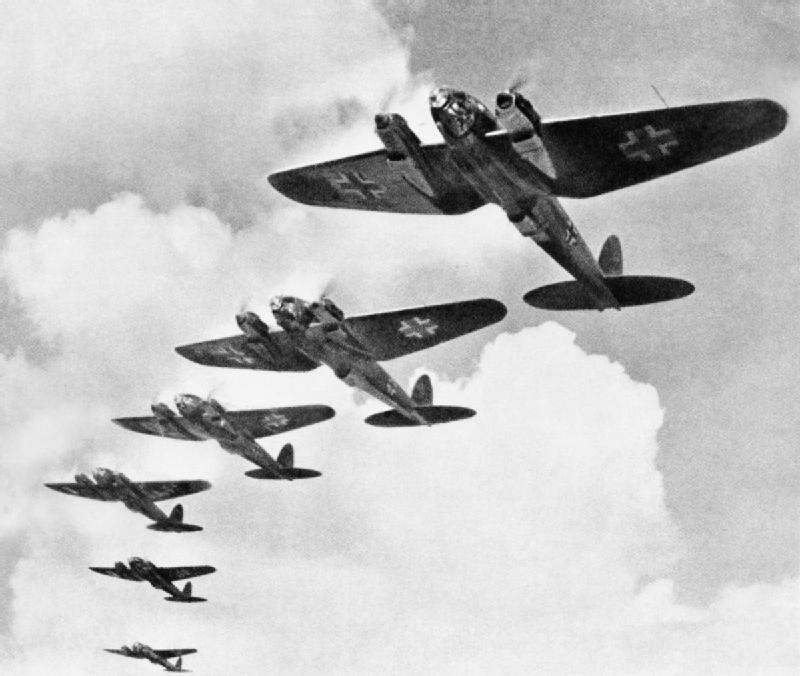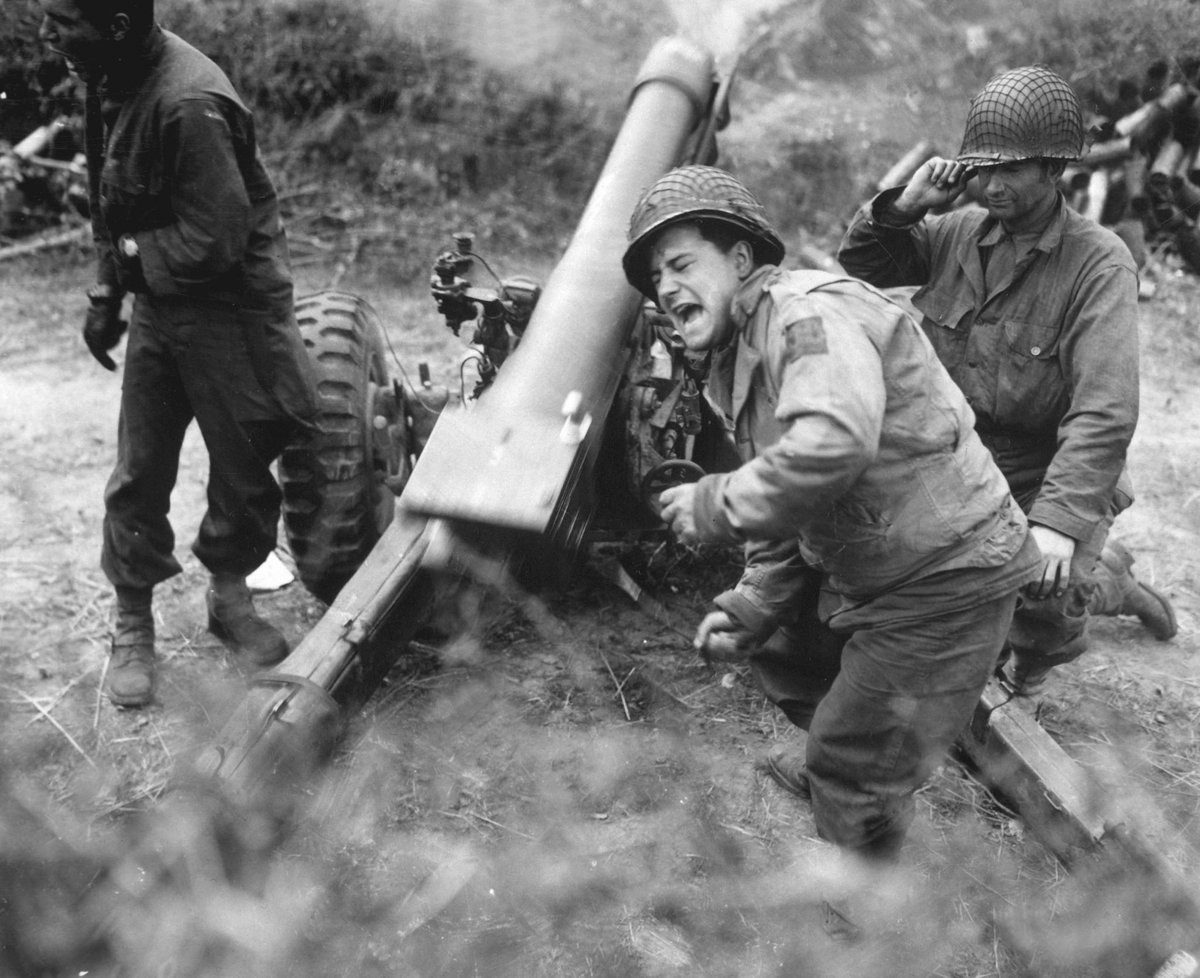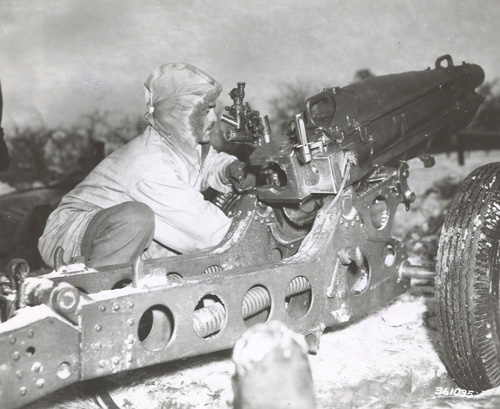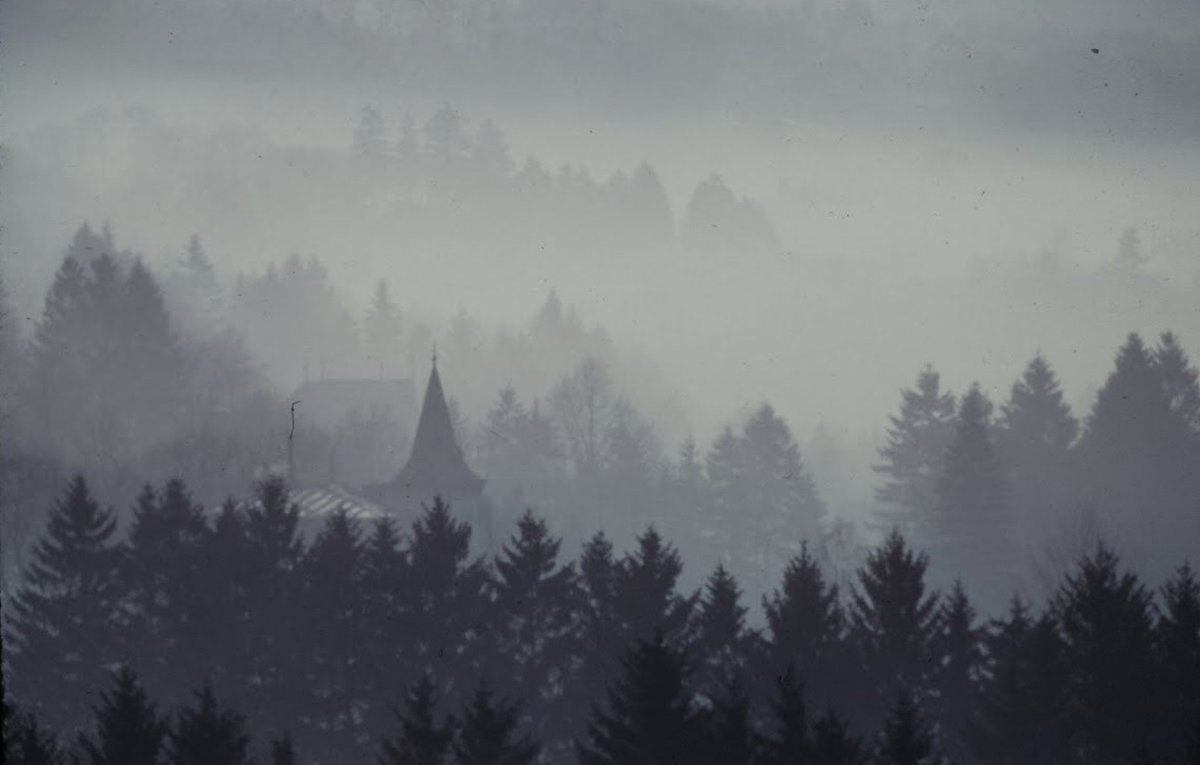
[1 of 7]
Back to the Battle of the Bulge
The counterpunch begins
Jan 4th 1945: Patton launches an assault with 1st & 3rd Armies from the South across the waist of the bulge at Houffalize (North of Bastogne).
Back to the Battle of the Bulge
The counterpunch begins
Jan 4th 1945: Patton launches an assault with 1st & 3rd Armies from the South across the waist of the bulge at Houffalize (North of Bastogne).

[2 of 7]
The counterattack, which is led by 3rd Army [organized by this guy, Troy Middleton] with III and VIII Corps.
The counterattack, which is led by 3rd Army [organized by this guy, Troy Middleton] with III and VIII Corps.

[3 of 7]
Remember, Patton NEVER wanted to counterattack in this manner! He wanted to sever the base of the salient & trap the enemy from behind.
However, Montgomery's caution won out and Patton was forced into this more prudent counterstrike.
Remember, Patton NEVER wanted to counterattack in this manner! He wanted to sever the base of the salient & trap the enemy from behind.
However, Montgomery's caution won out and Patton was forced into this more prudent counterstrike.

[4 of 7]
The truth is that First Army was decimated by the fighting in December and may have been unable to sustain a daring counterattack of the kind Patton wanted [not that we’re taking Monty’s side here].
The truth is that First Army was decimated by the fighting in December and may have been unable to sustain a daring counterattack of the kind Patton wanted [not that we’re taking Monty’s side here].

[6 of 7]
Patton hoped to make the 17-mile bound in a single day. Not even close. With bad roads, snow, fog, mines, and blown bridges, the push took until Jan 15th!
Patton hoped to make the 17-mile bound in a single day. Not even close. With bad roads, snow, fog, mines, and blown bridges, the push took until Jan 15th!

[END]
In reference to the terrain he faced on that drive Patton would later say "The Ardennes is, itself, a natural military obstacle."
In reference to the terrain he faced on that drive Patton would later say "The Ardennes is, itself, a natural military obstacle."

• • •
Missing some Tweet in this thread? You can try to
force a refresh



